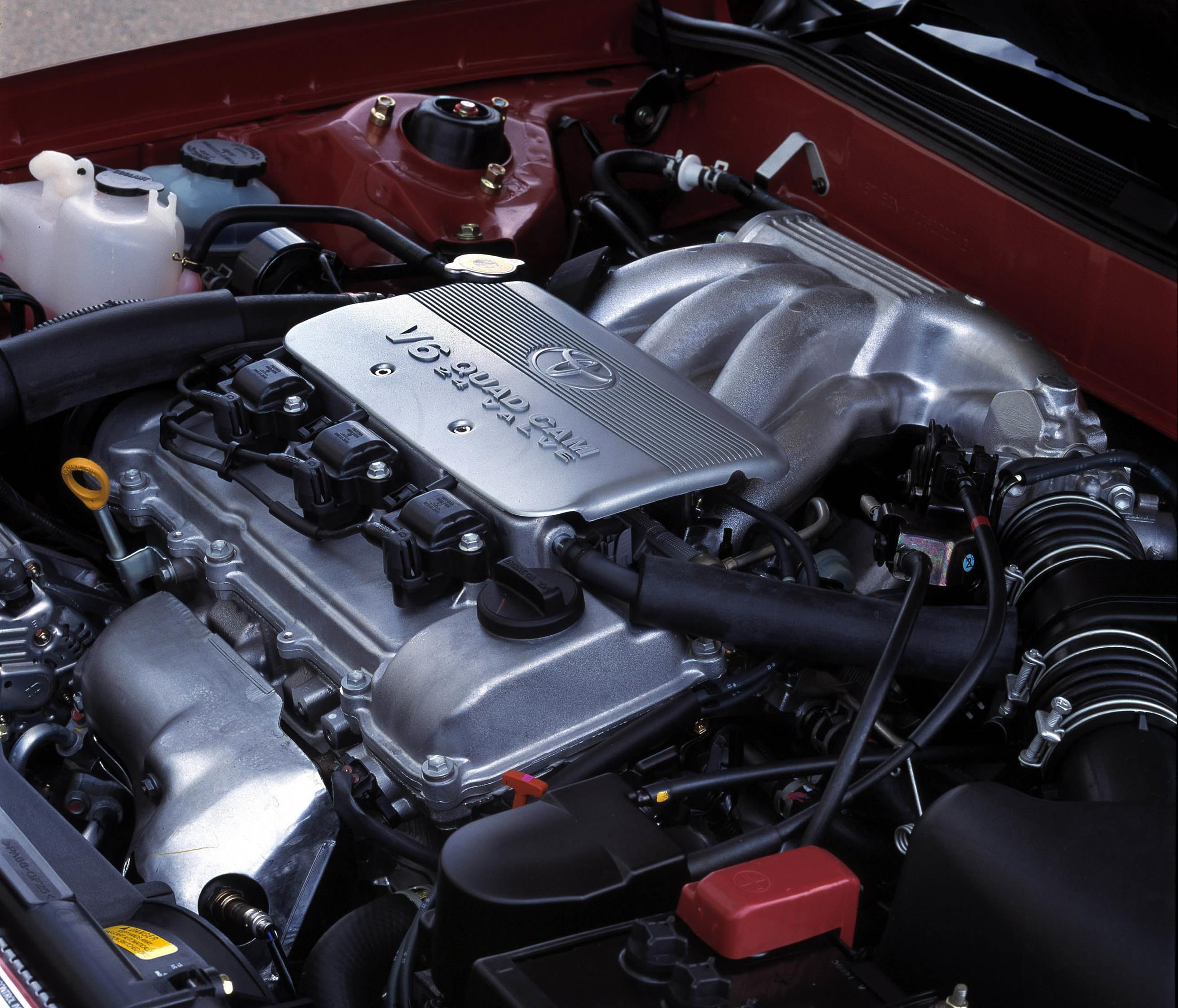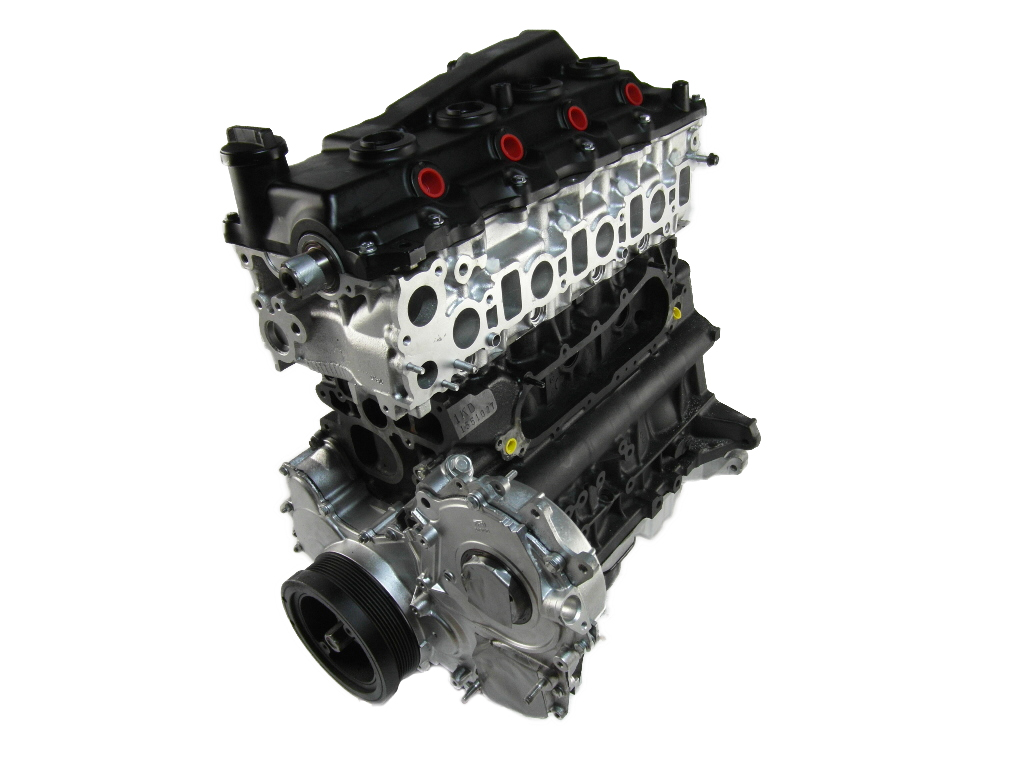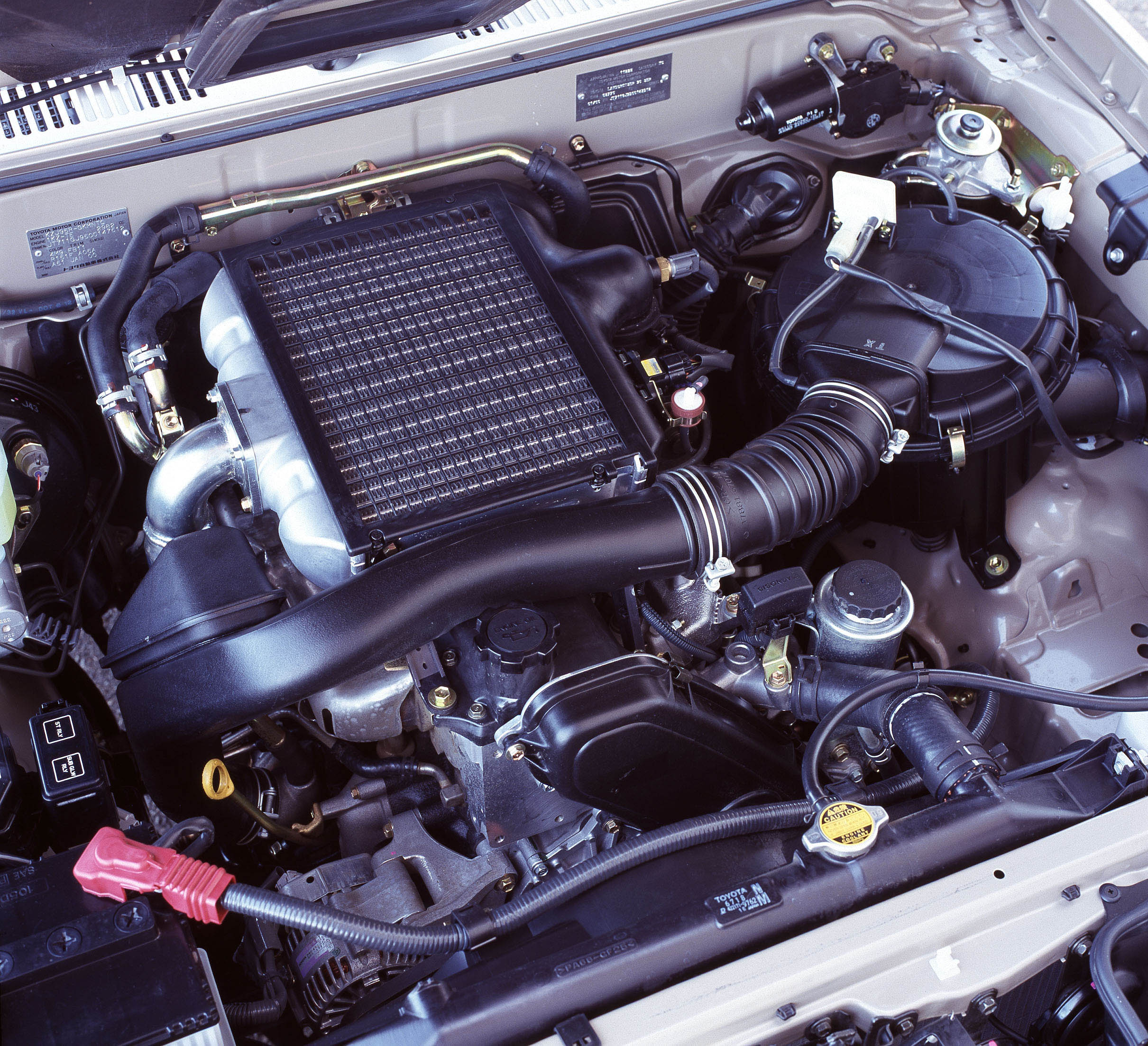Introduction
Subaru’s EZ36D was a 3.6-litre horizontally-opposed (or ‘boxer’) six-cylinder petrol engine. Replacing Subaru’s EZ30R, the EZ36D engine was first introduced in the Subaru B9 Tribeca in 2007 and subsequently offered in the BM/BR Liberty, BR Outback, BN Liberty and BS Outback. Compared to the EZ30 engine, changes for the EZ36D included:
- A more rigid cylinder block;
- Asymmetrical connecting rods for compact packaging;
- Subaru’s ‘Dual Active Valve Control System’ for variable intake and exhaust timing;
- Omission of the Variable Valve Lift System;
- A new timing chain design; and,
- A new cooling system.
Please note that this article considers the EZ36D engine as it was supplied in Australian-delivered vehicles; specifications for other markets may vary.
| Model | Engine | Trans. | Power | Torque | Years |
|---|---|---|---|---|---|
| Subaru B9 Tribeca | 3.6-litre petrol F6 | 5sp auto | 191kW at 5600rpm | 350Nm at 4400rpm | 2007-14 |
| Subaru BM/BR Liberty 3.6R | 3.6-litre petrol F6 | 5sp auto | 191kW at 5600rpm | 350Nm at 4400rpm | 2009-14 |
| Subaru BR Outback | 3.6-litre petrol F6 | 5sp auto | 191kW at 5600rpm | 350Nm at 4400rpm | 2009-14 |
| Subaru BS Outback | 3.6-litre petrol F6 | 6sp CVT | 191kW at 5600rpm | 350Nm at 4400rpm | 2014-on |
| Subaru BN Liberty | 3.6-litre petrol F6 | 6sp CVT | 191kW at 5600rpm | 350Nm at 4400rpm | 2014-on |
EZ36 block
The EZ36D engine had a die-cast aluminium cylinder block with 92.0 mm bores and a 91.0 mm stroke for a capacity of 3630 cc. For the EZ36D, sintered iron pieces within cylinder block controlled thermal expansion of journal clearances during warm-up; according to Subaru, the iron pieces also relieved shocks to the crankshaft journals and reduced overall vibrations. The EZ36D engine had cast iron cylinder liners that were 1.5 mm thick (compared to 2.0 mm in the EZ30R).
Relative to the EZ30R, the distance between the bores for the EZ36D engine was reduced by 6.4 mm such that the length of the crankcase was unchanged. Furthermore, shorter and asymmetrically slanted connecting rods were used to maintain the same width.
The crankshaft for the EZ36D engine was supported by seven main bearings.
| EZ36D (BM/BR Liberty) |
EZ30R (BL/BP Liberty) |
|
|---|---|---|
| Maximum power (kW) | 191kW at 5600rpm | 180kW at 6000rpm |
| Maximum torque (Nm) | 350Nm at 4400rpm | 297Nm at 4200rpm |
| Fuel (RON) | Recommended 90-95 RON | Minimum 95 RON |
| Bore (mm) | 92.0 | 89.0 |
| Stroke (mm) | 91.0 | 80.0 |
| Displacement (cc) | 3630 | 2999 |
| Bore pitch (mm) | 98.4 | 98.4 |
| Deck height (mm) | 202 | 202 |
| Width (mm) | 816.4 | 816.4 |
| Length at front crank pulley (mm) | 459.4 | 438.4 |
| Height (mm) | 645.5 | 643.5 |
| Weight (kg) | 179.3 | 180 |
Cylinder head and camshafts
The EZ36D engine had an aluminium cylinder head with chain-driven double overhead camshafts (DOHC) per cylinder bank. The EZ36D engine had three timing chains:
- A 10 mm chain which drove an idler from the crankshaft sprocket; and,
- From the idler, two 8 mm chains which drove the left and right bank camshafts.
For the EZ36D, the inner timing chain cover was incorporated on the front surface of the block and cylinder heads, while the outer timing chain cover was secured to the engine with 39 bolts and sealed with three bonds.
Dual AVCS
The EZ36D engine was equipped with Subaru’s ‘Dual Active Valve Control System’ (Dual AVCS) which controlled both the intake and exhaust camshafts. Operation of the Dual AVCS may be summarised as follows:
- The intake camshaft could advance up to 51 degrees from its basic setting. To advance, the camshaft rotated in the same direction as the engine operated (clockwise when viewed from the front of the engine). When the intake camshaft was advanced, it allowed more air and fuel to enter the cylinder for greater power; and,
- The exhaust camshaft could retard up to 21 degrees from its basic idle setting. To retard, it rotated in the opposite direction of engine rotation (counter clockwise when viewed from the front of the engine). When the exhaust camshaft was retarded, it allowed the expanding gases of the power stroke to push on the piston for a longer period of time for better fuel efficiency.
By adjusting intake and exhaust valve timing, Dual AVCS enabled better scavenging of the cylinders, reduced pumping losses and increased exhaust gas recirculation (EGR).
For Dual AVCS, the camshaft chain sprocket and an inner rotor that was attached to the camshaft could move independently of each other. When oil pressure was applied to one side of the rotor, the camshaft would rotate to adjust valve timing. For engine start-up and fail-safe operation, each inner rotor had a lock pin that was spring loaded to keep the inner rotor locked to the chain sprocket. When the ECM sought to adjust valve timing, the lock pin was pushed into the rotor with oil pressure from the oil control valve (OCV) and the lock pin was released from the chain sprocket.
Injection and ignition
The EZ36D engine had sequential, multipoint fuel injection, though injector flow rates were increased relative to the EZ30R. Similarly, the EZ36D engine had an individual ignition coil for each cylinder (i.e. ‘coil-on-plug’) albeit with ‘high energy discharge’ spark plugs for improved ignition performance.
While the EZ36D engine introduced a revised combustion chamber design for more efficient combustion, its compression ratio was lowered to 10.5:1 (compared to 10.7:1 for the EZ30). Dual knock sensors enabled the ECU to adjust ignition timing in response to combustion noise feedback.
The injection and firing order for the EZ36D was 1-6-3-2-5-4.
Cooling
Compared to EZ30, the cooling system for the EZ36 engine was changed to a parallel-flow design. The parallel-flow design utilised a water separation chamber in the engine block that allowed coolant to flow to and across the cylinders individually – rather than flowing from cylinder to cylinder – and to move through the cylinder heads simultaneously.
The parallel-flow cooling system achieved more even engine coolant temperature and reduced combustion temperatures by 30-50 degrees Celsius for a 1 degree Celsius increase in the knock limit – this improved low to mid range torque and enabled safe operation on lower RON fuel. Furthermore, ignition timing could be advanced since cooler temperatures did not promote engine knock.
Exhaust
Compared to the EZ30R which had a ‘J turn’ exhaust design, the EZ36D engine had a ‘U turn’ exhaust to minimise vibration. The EZ36R engine was equipped with exhaust gas recirculation (EGR) whereby an exhaust port located on the rear of the left cylinder head supplied exhaust gas via a metal pipe to an electronically-controlled EGR valve.








